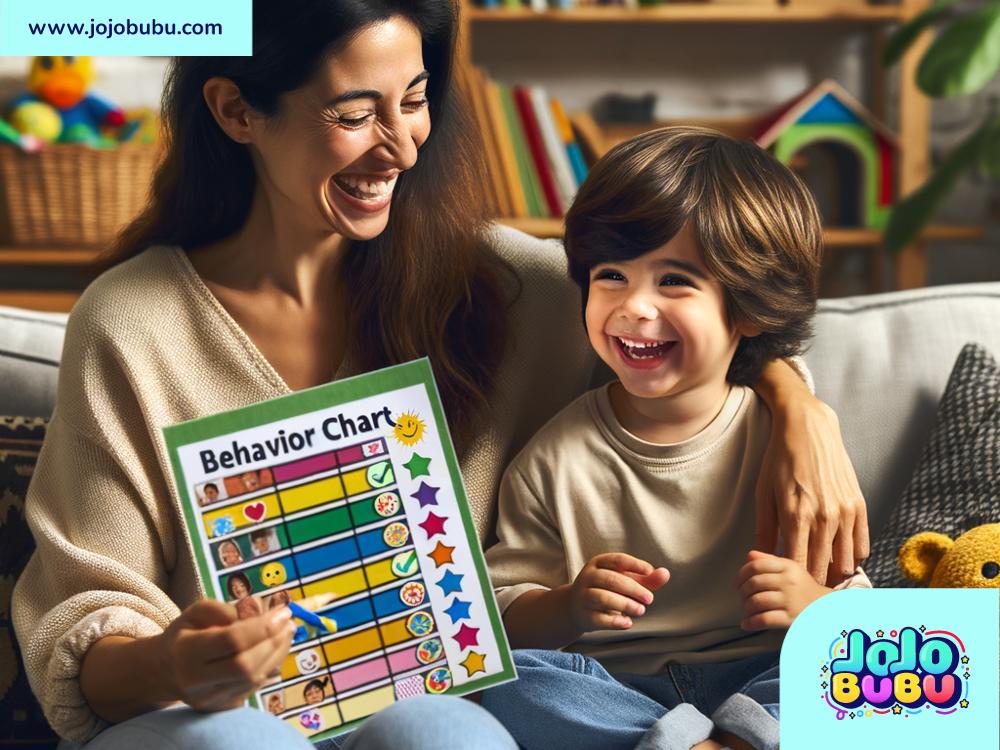Encouraging Positive Behavior: Simple Ways to Make a Big Difference
We all want to see the people around us – whether they’re children, friends, family, or coworkers – show positive behavior. But what exactly is positive behavior? Simply put, it’s actions that are kind, respectful, helpful, and thoughtful. Encouraging such actions can lead to happier relationships, better communication, and an overall peaceful environment. The good news is that encouraging positive behavior is not complicated. With patience and consistency, anyone can make a positive impact on others.
Here are some simple and effective ways to promote positive behavior in daily life.
1. Be a Role Model
The first step to encouraging positive behavior is by showing it yourself. People are naturally influenced by the actions and attitudes of those around them, especially when they look up to you. If you speak kindly, act responsibly, and treat others with respect, it sets an example for others to follow.
For instance, if you want children to learn the importance of saying “thank you” or “please,” make sure you’re doing it regularly yourself. Whether at home or work, showing good manners, patience, and enthusiasm sends a clear message that these behaviors matter.
2. Praise and Reward Good Actions
Everyone enjoys being recognized for their efforts, no matter their age. When someone shows positive behavior, make it a point to praise them. Simply saying things like “Great job!” or “I’m proud of you!” can boost their confidence and inspire them to continue such actions.
For children, you can use small rewards like stickers, extra playtime, or a treat to reinforce their good behavior. Adults don’t necessarily need physical rewards – sincere gratitude or a simple compliment can make their day and encourage them to keep doing the right thing.
The key is to focus on the effort rather than only the result. For example, if a child tries hard to clean up their toys, even if they missed a few, reward the effort they put in. This teaches them that trying their best is important and worthwhile.
3. Set Clear Expectations
People are more likely to show positive behavior when they understand what’s expected of them. Be clear about the rules, boundaries, and values in your home, workplace, or community. If someone doesn’t know what good behavior looks like, it becomes harder for them to show it.
For example, explain to children why sharing is important and show them how to share with their siblings or friends. In the workplace, clarify what teamwork or respect looks like instead of assuming everyone knows.
Having clear expectations creates guidance and helps people make the right choices.
4. Focus on Positive Communication
How we talk to others can have a huge impact on their behavior. Instead of shouting, blaming, or criticizing when someone does something wrong, focus on positive communication. Speak calmly and be constructive. For example, if a child refuses to clean up their room, instead of shouting, say, “Let’s work together to tidy up a little bit. You’ll feel so much better once it’s done!”
Use encouraging words that motivate others to improve their behavior. Highlight the benefits of positive actions. For example, if you want someone to be more polite, explain how politeness makes conversations more pleasant and builds strong connections.
5. Teach Empathy
Positive behavior often comes from understanding the feelings of others. Teaching empathy can help people realize how their actions affect those around them. When people understand this, they tend to act more thoughtfully and kindly.
For example, if one child hurts another while playing, gently point out how it made the other child feel. You can say, “It looks like your friend is feeling sad because of what happened. How can we make it better?” Adults, too, can benefit from reminders of empathy in workplace or family situations.
Encouraging empathy leads to actions that are caring and considerate, fueling positive behavior.
6. Offer Guidance, Not Punishment
When someone behaves poorly, it can be tempting to focus only on punishment. However, this doesn’t always teach them how to act better. Instead, offer guidance that helps them make better choices.
For instance, if a coworker misses a deadline, instead of being harsh, try asking what caused the delay and how you can together ensure it doesn’t happen again. For children, if they break a rule, explain why the rule is important and guide them toward behaving correctly in the future.
Positive correction turns mistakes into learning experiences and avoids fostering resentment.
7. Be Patient and Consistent
Encouraging positive behavior is not a quick process. It takes time, effort, and consistency. Don’t expect immediate changes. When promoting kindness, respect, and helpfulness, remember that these qualities grow gradually.
Stay patient even when progress seems slow. Stay consistent with how you praise good actions, correct poor ones, and communicate positively. Over time, these practices will make a lasting impression on others.
Final Thoughts
Encouraging positive behavior is about creating an environment where kindness, respect, and thoughtfulness are valued. Whether it’s through praising good actions, setting clear expectations, or teaching empathy, small efforts can lead to big changes. The rewards of positive behavior are endless – better relationships, stronger bonds, and a cheerful atmosphere wherever you go.
At the end of the day, positivity spreads. When you actively promote good behavior, you don’t just help others grow; you’ll find yourself growing too. Let’s all work together to make good behavior a natural part of our lives – for ourselves and those around us.

